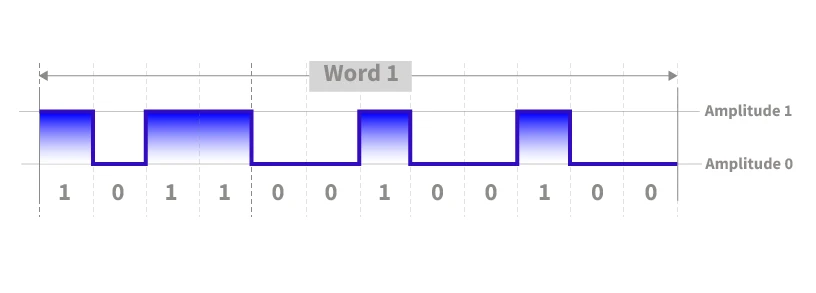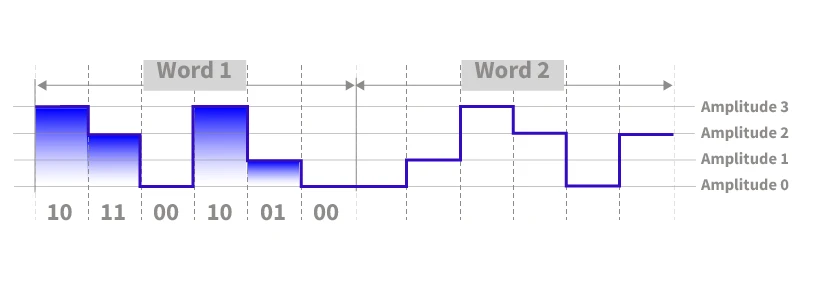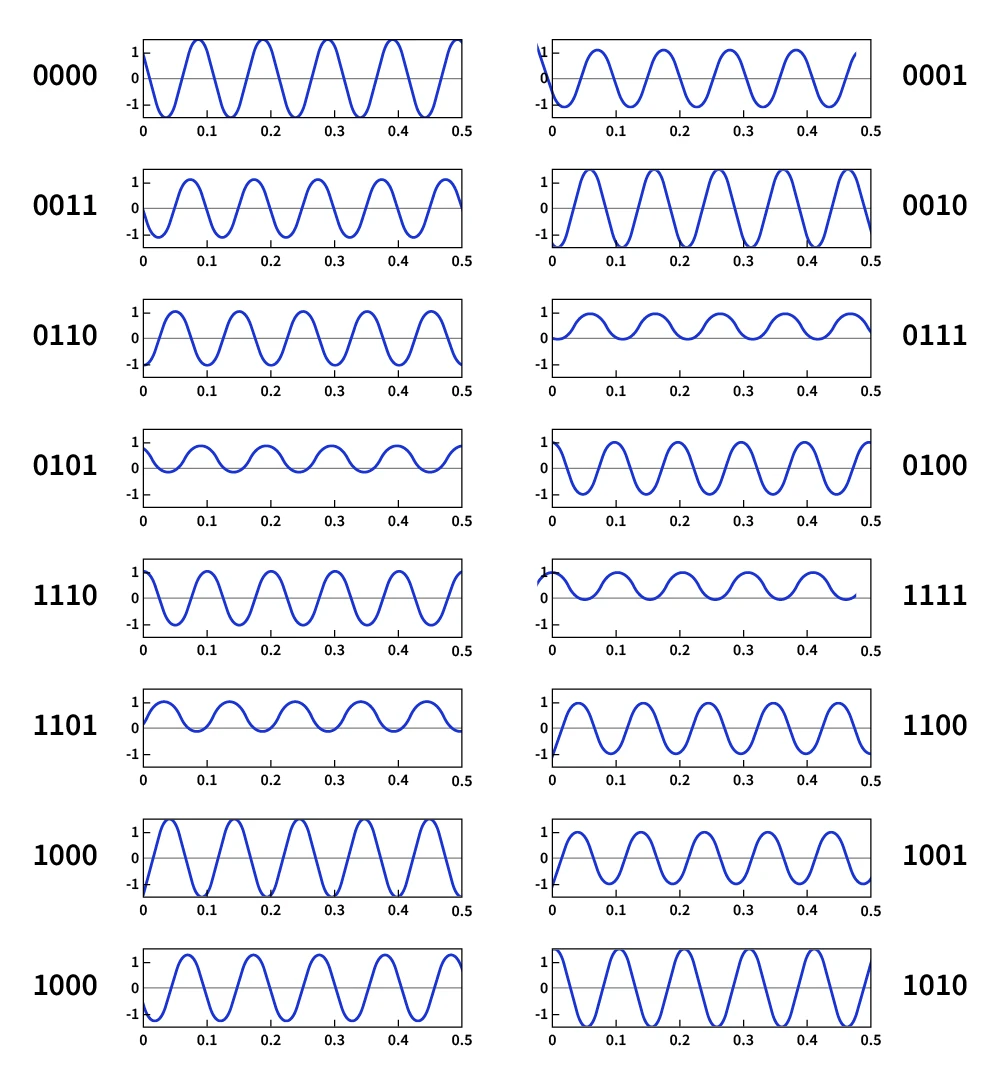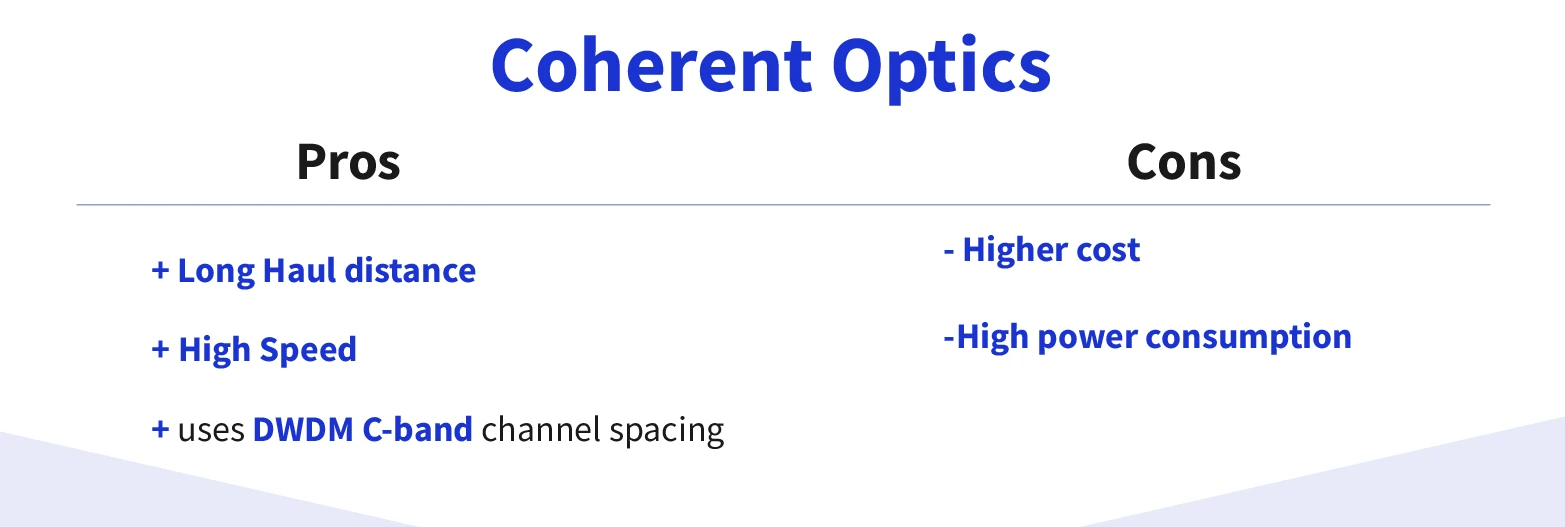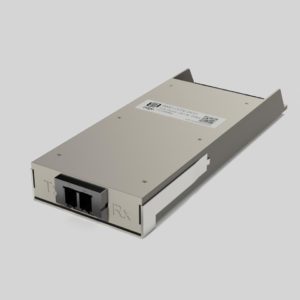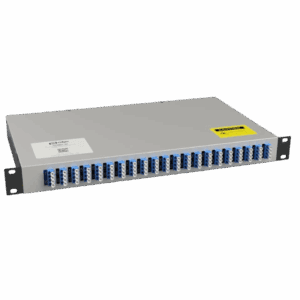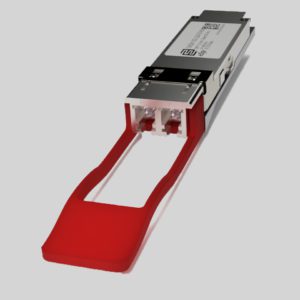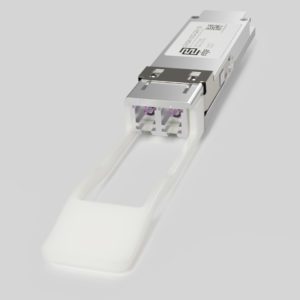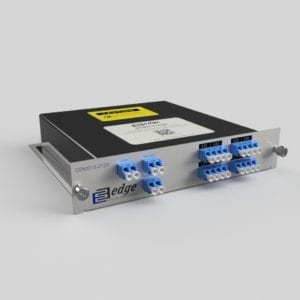
Coherent Optics: Modulations, DSP, Applications & FAQ
- Coherent Optics: The challenge?
- What is Coherent Optics?
- Coherent Optics Modulation vs. PAM4 vs. NRZ
- Coherent DSP (Digital Signal Processor)
- Coherent Optics Pros and Cons?
- Coherent Optics: Frequently Asked Questions
Coherent Optics: The challenge?
Between 2021 and 2026, global internet traffic is anticipated to increase at a Compound Annual Growth Rate (CAGR) of 26% (source: Cisco’s Annual Internet Report), putting pressure on existing telecommunication infrastructure. While current widely used NRZ modulated (light On/Off) signals have 10-25G baud rate limitations and for long distance links we are used to deploy EDFA (Erbium-doped optical fiber amplifiers) and DCM (Dispersion Compensation Modules) which have their own limitations. With data rate increases aggregation and long-haul transmission networks will be pushed towards 400G/800G Coherent Optics, while Access and Metro area networks towards 25G, 100G and 400G levels.
What is Coherent Optics?
Coherent Optics refers to optical transceivers that use coherent modulation (QPSK/QAM) instead of amplitude modulation (NRZ/PAM4) for establishing high bandwidth (400G/800G Ethernet), long distance interconnection lines. Initially, the technical specifications of Coherent Optical transceivers were held proprietary by suppliers of optical transmission equipment. However, in recent years, standardization groups such as MSA (with it’s Open ZR+ MSA) and OIF (with it’s: implementation agreement for a 400G ZR coherent optical interface) have made progress in establishing standardized specifications for these transceivers.
An important additional thing we need to keep in mind when discussing Coherent Optics is the requirement to operate within a legacy DWDM C-Band grid where all telecom transport networks operate. Let’s go through the coherent optics fundamentals and look at the most crucial components that make coherent optics “tick”. Here, we will discuss: Modulation technique, DSP (digital signal processor), Coherent Optics Pros and Cons, answers to the most frequently asked questions regarding Coherent Optics, such as Analogue Coherent Optics versus Digital Coherent Optics, typical Coherent Optics form factors, Coherent Optics main standards, do you need to use EDFA & DCM with Coherent Optics and more.
Coherent Optics Modulation vs. PAM4 vs. NRZ
Radio engineers have benefited from more sophisticated modulation schemes for many years, and they are now being used more frequently in the optical industry. Let’s look at the underlying concepts of coherent modulation and how these compare to today’s most common modulation schemes in the optical world: NRZ and PAM4.
NRZ (Non-Return to Zero)
To begin, NRZ, also known as On/Off Keying (OOK), is a modulation technique that has long been used in the optical industry. It consists of optical laser light flashing on and off, which corresponds to binary 1 and 0 signals. NRZ modulation allows us to obtain a maximum baud rate of 25G.
PAM4 (Pulse Amplitude Modulation 4-level)
Next comes PAM4 which uses four different signal levels for signal transmission, with each symbol representing two bits of information. PAM4 outperforms NRZ in terms of data transfer capacity. At the same baud rate, PAM4 doubles the amount of information that may be transmitted. In other words, although NRZ can only convey one bit every baud unit, PAM4 can broadcast two bits per unit.
DP-QPSK Coherent Optics Modulation
Dual Polarization Quadrature Phase-Shift Keying (DP-QPSK) is a modulation technique used in optical communication that can encode four bits per symbol. It uses four different phases as well as two polarizations (vertical and horizontal), so when a DP-QPSK symbol is sent, information for four bits is transmitted. DP-QPSK is commonly used in long-distance 100G coherent optics lines and typically requires a coherent optical receiver.
16-QAM, 64-QAM Coherent Optics Modulation
16-QAM is a kind of Quadrature Modulation (QAM) in which a carrier wave with a given frequency can exist in one of sixteen different states, each represented by a symbol containing one of sixteen alternative amplitude and phase values. The 64-QAM modulation carrier wave with a given frequency can exist in one of sixty-four distinct and measurable states in the constellation plot. The QAM technology allows you to alter both the amplitude and phase of the carrier signal. In 16-QAM, each symbol represents four bits, whereas in 64-QAM, each symbol represents six bits. 16-QAM modulation technique is commonly used in 400G Coherent optics lines, while 64-QAM modulation in 800G Coherent optics lines.
Coherent DSP (Digital Signal Processor)
A Coherent DSP (Digital Signal Processor) chip placed on a coherent optical transceiver PCB is an essential component of coherent communication systems. The DSP chip consumes around 50% of the power from a coherent optical transceiver. In coherent optics, DSP is responsible for:
- analog-digital conversation, fiber transmission is analog optical signals, but data processing is digital
- encoding and decoding data into three light signal properties: amplitude, phase, and polarization
- use pilot signals to help the receiver decode. The pilot serves as a reference for phase and polarization
- adaptive equalization compensates for signal spectrum distortion
- ethernet framing and conversion from Ethernet to Optical Transport Network (OTN) formats
- FEC improves tolerance to noise and distortion
- compensation for chromatic dispersion and non-linear distortion
Coherent Optics Pros and Cons?
Coherent optics’ main advantage is its ability to construct high-speed (100G/400G/800G) long-distance interconnection lines (up to 1000km) in our well-known DWDM C-band channel grid.
The disadvantage of Coherent optical modules is that they are notably more expensive than standard NRZ/PAM4 modules and need significantly more power (15-25W for 400G QSFP-DD ZR/ZR+ Coherent optics vs. 5.5W for 100G QSFP28 DWDM 100G PAM4 module).
To put it briefly, coherent optical modules have advantages over 100km reach, where building long haul links with NRZ/PAM4 modules would require a lot of amplification and dispersion compensation, whereas in shorter networks below 100km, NRZ/PAM4 are much simpler, cost efficient and require less power consumption.
Coherent Optics: Frequently Asked Questions
[/vc_column_text][/vc_column][/vc_row]
What is Coherent Optics?
Where Coherent Optics are used?
Coherent Optics vs DWDM?
What is the difference between coherent vs non coherent optics?
Digital Coherent Optics vs Analog Coherent Optics (DCO vs ACO)?
Coherent Optics Form Factors
Coherent Optics Main Standards - OIF 400ZR vs OpenZR+?
Will I need EDFA & DCM if I use Coherent Optics?
What is the difference between Baud rate vs Bit rate?
You may also be interested in:
For: Coherent 400G OpenZR+ QSFP-DD DCO and Coherent 400G ZR QSFP-DD DCO, Please inquire to sales@edgeoptic.com!



